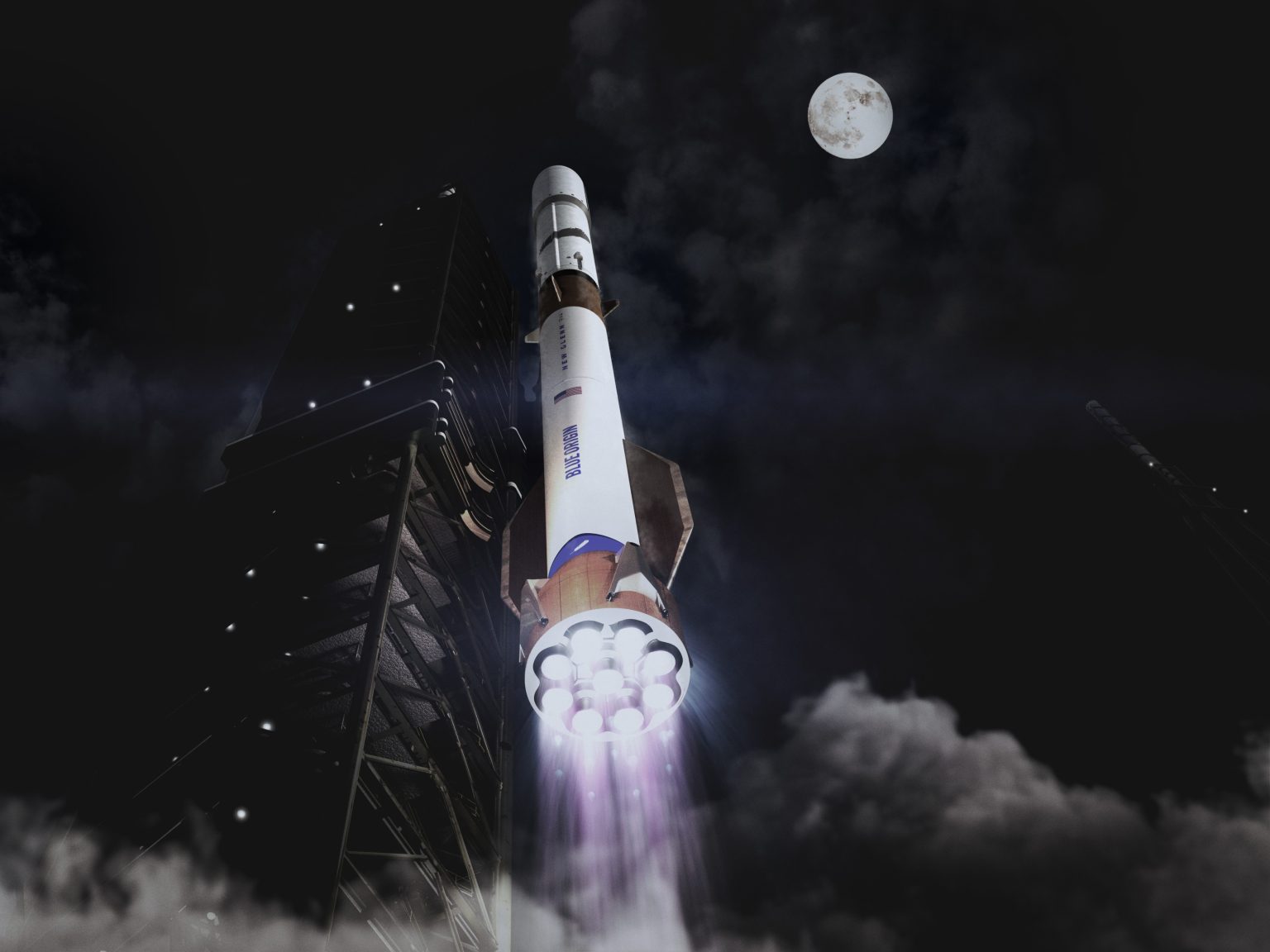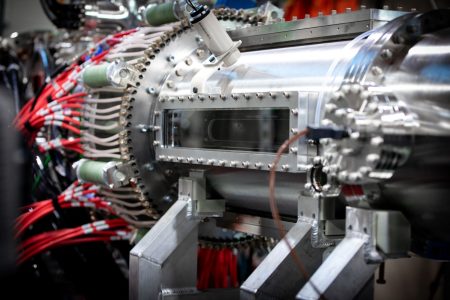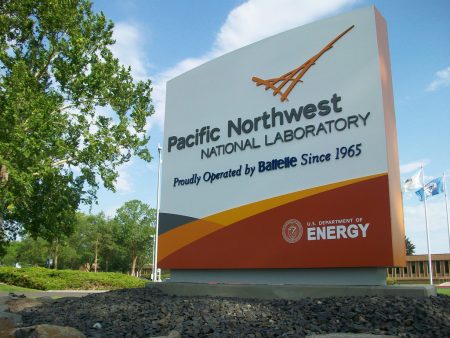Blue Origin Announces Ambitious Rocket Upgrades After Successful Launch
In a move that signals growing confidence in their spaceflight capabilities, Blue Origin has unveiled plans to significantly enhance the power and capacity of their New Glenn rocket just one week after its successful heavy-lift launch. The Kent, Washington-based company founded by Jeff Bezos is preparing to introduce a super-heavy-lift variant called New Glenn 9×4, marking a bold step forward in their quest to compete with industry leaders like SpaceX and United Launch Alliance. This announcement comes at a pivotal moment for Blue Origin, as the recent successful launch and unprecedented recovery of an orbital-class booster has elevated the company’s standing in the commercial space sector.
The planned upgrades represent a substantial increase in New Glenn’s lifting power, with the new 9×4 variant featuring nine BE-4 methane-fueled engines on its first stage—up from the current seven—and four BE-3U hydrogen-fueled engines on its second stage, doubling the current configuration. The enhanced rocket will also sport a significantly larger fairing, measuring 8.7 meters (28.5 feet) in diameter compared to the current 7-meter (23-foot) design. These changes aren’t merely cosmetic; they translate to remarkable performance improvements, with the ability to transport more than 70 metric tons to low Earth orbit, 14+ tons to geosynchronous orbit, and over 20 tons on lunar trajectories. This positions the upgraded New Glenn between SpaceX’s Falcon Heavy (64 tons to LEO) and its ambitious Starship vehicle (100-150 tons to LEO) in terms of payload capacity.
Beyond the headline-grabbing engine and fairing changes, Blue Origin is implementing a suite of technical enhancements across both the standard 7×2 and new 9×4 variants. These include improved engine performance, a reusable fairing system to reduce mission costs, a more economical tank design, and an advanced thermal protection system. What makes this announcement particularly noteworthy is the company’s commitment to phasing in these upgrades starting with their next mission, scheduled for early 2026. “These enhancements will immediately benefit customers already manifested on New Glenn to fly to destinations including low Earth orbit, the moon and beyond,” the company stated in their recent update, demonstrating their focus on delivering value to existing clients while expanding capabilities for future missions.
The upgraded New Glenn rockets are positioned to serve a diverse range of missions that showcase Blue Origin’s ambitions across multiple space sectors. Commercial customers planning satellite deployments—including Amazon’s Project Kuiper internet constellation—will benefit from increased payload capacity to low Earth orbit. Scientific and exploratory missions, such as next year’s planned Blue Moon Mark 1 uncrewed lunar landing, gain enhanced capabilities for reaching the moon and deep space destinations. Perhaps most significantly, the improvements position Blue Origin to better compete for lucrative national security launches, including supporting proposed systems like the Golden Dome missile defense initiative. This multi-market approach reflects the company’s strategy to establish itself as a versatile launch provider capable of serving government, commercial, and scientific customers with a single rocket family.
Last week’s successful launch has already marked a turning point for Blue Origin, which has long faced criticism for its methodical pace compared to SpaceX’s rapid iteration approach. The mission not only delivered twin probes toward Mars but also achieved the first-ever recovery of an orbital-class New Glenn booster—a milestone that echoes SpaceX’s game-changing reusability breakthroughs from years earlier. The recovered booster, nicknamed “Never Tell Me the Odds” in a nod to Star Wars, successfully landed on Blue Origin’s recovery vessel “Jacklyn” (named after Bezos’ mother) in the Atlantic Ocean. The booster has since been transported to the company’s Cape Canaveral processing facility, with Bezos himself present to witness this historic achievement that represents years of development and billions in investment finally bearing fruit.
While Blue Origin remains a relative newcomer to orbital launches compared to its competitors—with only two New Glenn launches compared to hundreds for SpaceX’s Falcon 9 and dozens for ULA’s Atlas 5—these latest developments signal a potential inflection point for the company. The successful demonstration of their heavy-lift capabilities combined with ambitious upgrade plans positions Blue Origin to accelerate their launch cadence and potentially capture a larger share of the growing commercial space market. As the space industry continues its rapid expansion, with increasing demand for launches to support satellite constellations, lunar missions, and eventual Mars exploration, Blue Origin’s enhanced New Glenn rocket family appears strategically positioned to play a significant role in humanity’s continued push into the final frontier. The question now becomes whether they can translate this technical achievement and ambitious roadmap into the operational tempo needed to truly challenge the established leaders in the launch industry.















